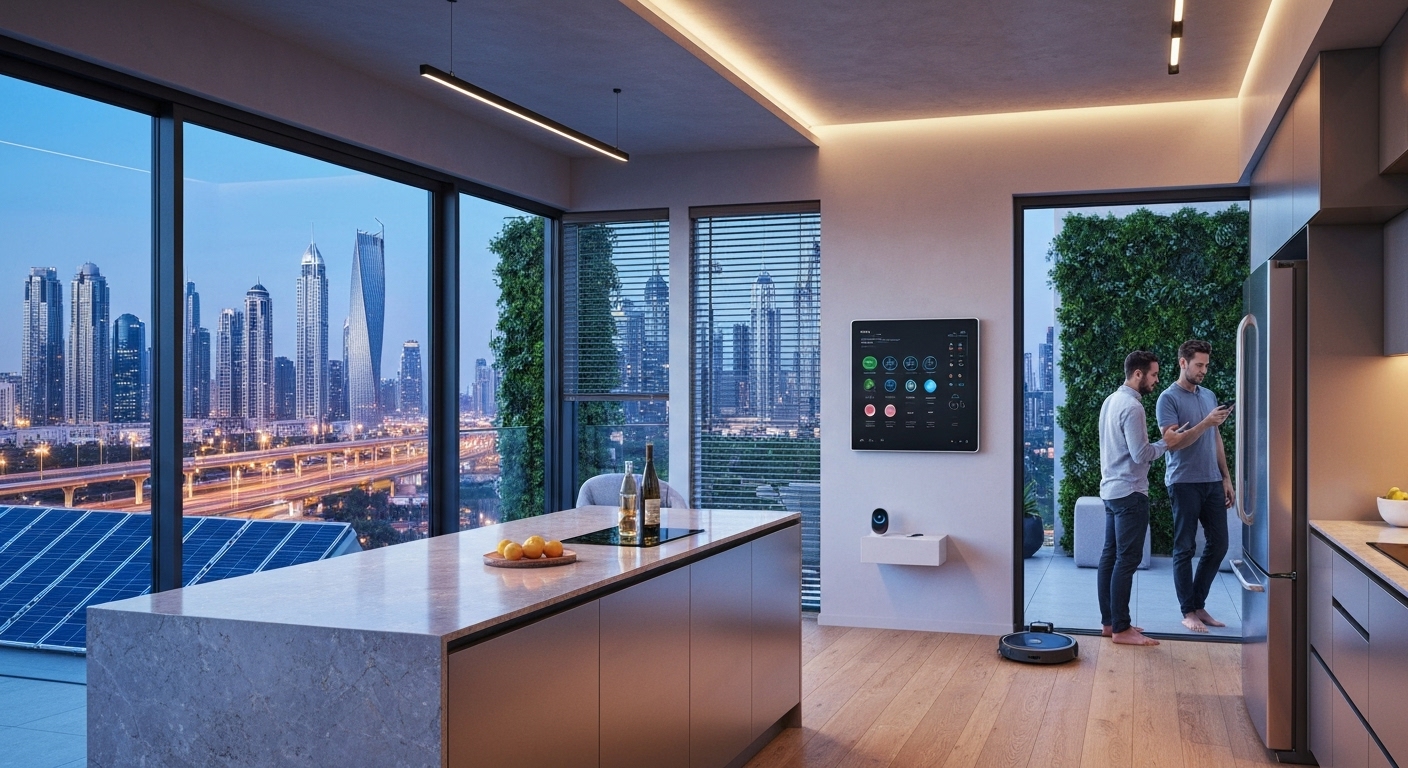The concept of luxury living is evolving, and it’s no longer exclusive to the ultra-wealthy. Today’s discerning homebuyers and investors are discovering that sophisticated smart home technology can be both accessible and affordable, creating a new paradigm where cutting-edge features meet value-driven investments.
Beyond the Buzzwords: What is Affordable Smart Luxury?
Affordable smart luxury represents the perfect intersection of advanced technology, thoughtful design, and budget-conscious pricing. It’s about democratizing premium features that were once reserved for high-end properties and making them standard in value-driven developments. This concept eliminates the false choice between affordability and sophistication, proving that modern homebuyers can enjoy state-of-the-art amenities without breaking the bank.
Smart luxury isn’t about flashy gadgets – it’s about integrated systems that enhance daily living while delivering long-term value. From automated climate control to security systems and energy management, these technologies work seamlessly behind the scenes to create more comfortable, efficient, and secure living environments.
Key Smart Home Technologies Delivering Value and Sophistication
Modern smart homes incorporate several key technologies that maximize both convenience and cost-effectiveness. Integrated home automation systems serve as the backbone, allowing residents to control lighting, temperature, and security from a single interface. Energy-efficient climate control systems automatically adjust based on occupancy and weather conditions, reducing utility costs while maintaining optimal comfort.
Advanced security features include smart locks, surveillance systems, and motion sensors that can be monitored remotely. Water conservation technology and smart irrigation systems help reduce utility expenses while supporting environmental sustainability. These systems aren’t just convenient – they’re designed to pay for themselves through reduced operating costs over time.
Making Luxury Accessible: How Smart Tech Drives Down Costs
The integration of smart technology actually helps developers offer more competitive pricing by optimizing construction efficiency and reducing long-term operational costs. Bulk procurement of smart systems during the development phase significantly reduces per-unit costs compared to retrofitting individual homes.
Energy-efficient systems reduce utility infrastructure requirements, while automated building management systems minimize maintenance costs. These savings are passed on to buyers, making premium features more accessible. Additionally, the standardization of smart home packages across multiple units creates economies of scale that further drive down costs.
Real-World Examples: Affordable Smart Homes in Danube Properties
Danube Properties exemplifies this affordable smart luxury approach across its portfolio. Projects feature integrated home automation systems, built-in wardrobes, and modular home furnishings with upgraded materials – all delivered at competitive price points. The developer’s signature 1% monthly payment plan makes these smart-enabled homes even more accessible to a broader range of buyers.
Recent developments incorporate sustainable building technologies alongside smart home features, creating residences that are both technologically advanced and environmentally conscious. These properties prove that buyers don’t need to compromise on quality or features when choosing value-driven options.
The Financial Edge: Smart Homes and Property Value Appreciation
Smart-enabled properties consistently demonstrate stronger value appreciation compared to traditional homes. The integration of automation systems and energy-efficient technologies appeals to future buyers, creating a competitive advantage in resale markets. Properties with smart features typically sell faster and command premium prices, making them excellent long-term investments.
Energy savings from smart systems contribute to lower total cost of ownership, while the appeal of modern technology attracts younger demographics who prioritize connectivity and convenience. This broad market appeal enhances both rental potential and resale value.
Navigating Installation and Integration: Smart Choices for Every Budget
The key to successful smart home integration lies in choosing scalable systems that can grow with changing needs and budgets. Starting with essential features like smart lighting and security systems provides immediate value while creating a foundation for future upgrades.
Professional installation during the construction phase ensures optimal integration and performance while minimizing costs. Developers who incorporate smart features from the ground up can offer more comprehensive packages at lower prices than retrofit installations.
The Future of Living: Why Affordable Smart Luxury is Here to Stay
The convergence of advancing technology and competitive market pressures ensures that affordable smart luxury will become the new standard rather than an exception. As production scales increase and technology costs continue to decline, even more sophisticated features will become accessible to mainstream buyers.
This trend represents a fundamental shift in how we define luxury – moving from exclusivity based on price to inclusivity based on value and functionality. The future of residential development lies in creating homes that are smart, sustainable, and accessible, proving that modern living doesn’t require premium pricing.
Smart technology has transformed from a luxury add-on to an essential component of modern living, and affordable options ensure that everyone can benefit from this evolution.




